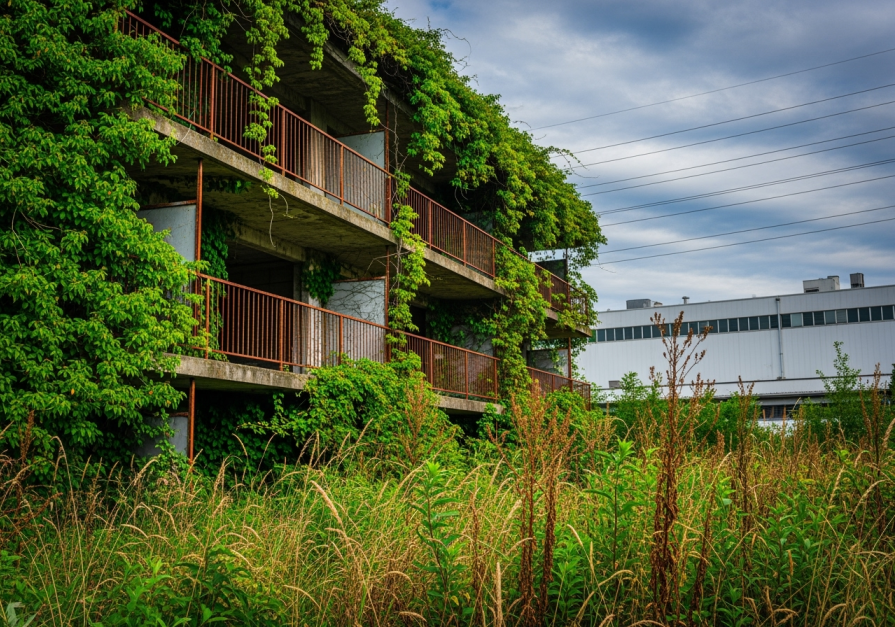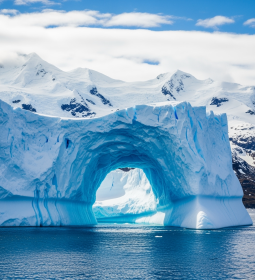Ikesima is an elongated island in Japan with an area of less than one square kilometer. However, it is famous not for its size, but for the fact that it houses the last Japanese coal mine. After its closure, thousands of residents left Ikeshima, leaving the city abandoned.

Local legends and etymology
Ikeshima can be explored on foot, as its circumference is only 4 km. Part of the island is eaten away by the harbor, which was once Lake Kagami-Ike, which translates as " Mirror Lake ". The name of the island means " Island with a pond ".
Legend has it that once upon a time, dragons were the inhabitants of Kagami-Ike. According to legend, these dragons fly into the sky when a hurricane moves to the mainland. The name of the lake is associated with the legend of Dzingu - the empress who ruled at the beginning of the 3rd century. One of the stories tells: Amaterasu, the sun goddess, entered Jingu. She ordered the conquest of the Korean kingdom of Silla, to which the empress obeyed. It was probably then that she ended up on Ikeshima, because the goddess was settled on Kyushu, the Japanese island closest to Korea.
The Empress's husband did not believe his wife, after which he died. Moreover, she was pregnant at the time. Quite an interesting story, however.
Mine opening
The history of coal mining on the island begins in the middle of the 20th century. First, a plan for the extraction of minerals was developed, in the 1950s the locals allowed to buy the land and build mines there, and after a few years industrial activity began. Residential buildings for workers were built, the necessary infrastructure: systems for desalination of water, a school, shops, transport. The pond turned into a harbor: part of the coast was removed and the island was connected to the sea. Then the name Ikeshima ceased to justify itself: it was no longer an "island with a pond" - it became the center of coal mining. People from the closed mines in the Matsushiba area were transported here.

When coal mining was stopped anywhere in Japan, members of the government tried to avoid public discontent as much as possible, allocated money to support those who lived and worked there. Many students from other countries came to the Ikeshima mines to study and practice. There is information that there are still signs in Indonesian, since this is where many of the interns came. In the 1980s, record coal production was 1.5 million tons.
Benefit question
Why was the mine closed without stopping its use? All due to the fact that the purchase of coal has become 3 times more profitable enterprise.
As one of the rangers after World War II, Japan relied on domestic coal production. Thus, the government decided to play it safe, to provide for itself. However, by the end of the 20th century, the situation had changed, the Japanese established relations with other countries and organized the export of coal. Then Japan also became one of the leaders in peaceful nuclear development, creating its own nuclear power plants. In the 2000s, all the remaining coal mines were closed. Ikeshima was closed in 2002 after several incidents.
Now practically no one lives there: only a couple hundred people or even less. Before the construction of the mine, local residents were engaged in agriculture and fishing. Apparently, now they are doing the same. Tourists come to Ikeshima to see the abandoned settlement, and the inhabitants of the neighboring islands to fish.











